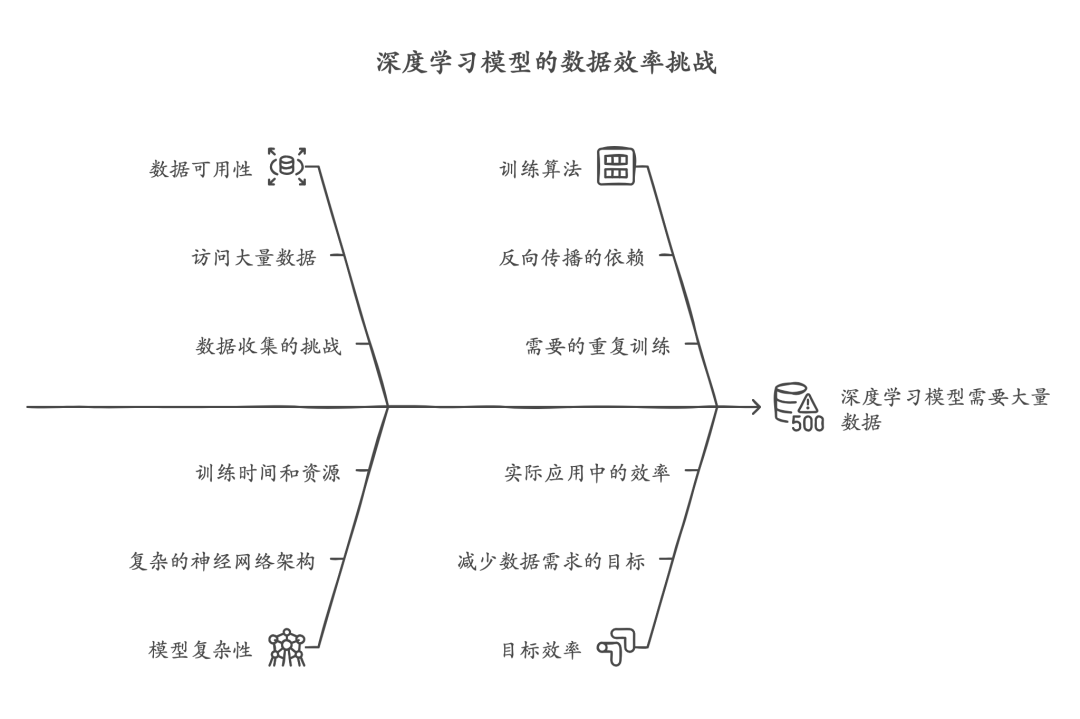Java中的IO和NIO是两种不同的输入输出处理方式,它们在设计理念、实现方式、性能特点和应用场景上有着显著的差异。
下面我将详细解释Java中的IO和NIO的区别,以及NIO如何实现多路复用,并提供一些日常开发中的使用建议和注意事项。
Java中的IO和NIO的区别
1. 面向流与面向缓冲
-
Java IO:面向流的处理方式,基于传统的阻塞式输入输出模型。数据以顺序的方式流动,且在读写过程中,一般情况下会阻塞当前线程,直到操作完成。
// Java IO示例:读取文件内容 import java.io.BufferedReader; import java.io.FileReader; import java.io.IOException;public class FileIOExample {public static void main(String[] args) {String filePath = "example.txt";try (BufferedReader br = new BufferedReader(new FileReader(filePath))) {String line;while ((line = br.readLine()) != null) {System.out.println(line);}} catch (IOException e) {e.printStackTrace();}} } -
Java NIO:面向缓冲区的处理方式,数据读取到一个缓冲区,需要时可在缓冲区中前后移动。这增加了处理过程中的灵活性。
// Java NIO示例:读取文件内容 import java.nio.file.Files; import java.nio.file.Paths; import java.io.IOException;public class FileNIOExample {public static void main(String[] args) {String filePath = "example.txt";try {Files.lines(Paths.get(filePath)).forEach(System.out::println);} catch (IOException e) {e.printStackTrace();}} }
2. 阻塞与非阻塞IO
-
Java IO:各种流是阻塞的,当一个线程调用read()或write()时,该线程被阻塞,直到数据传输完成。
// Java IO示例:阻塞式读取数据 import java.io.FileInputStream; import java.io.IOException; import java.io.InputStream;public class BlockingIOExample {public static void main(String[] args) {try (InputStream inputStream = new FileInputStream("example.txt")) {byte[] buffer = new byte[1024];int bytesRead;while ((bytesRead = inputStream.read(buffer)) != -1) {System.out.write(buffer, 0, bytesRead);}} catch (IOException e) {e.printStackTrace();}} } -
Java NIO:支持非阻塞模式,当一个通道没有数据可读时,线程可以继续处理其他事情,而不是阻塞在原地等待。
// Java NIO示例:非阻塞式读取数据 import java.nio.ByteBuffer; import java.nio.channels.FileChannel; import java.nio.file.Path; import java.nio.file.Paths; import java.nio.file.StandardOpenOption; import java.io.IOException;public class NonBlockingNIOExample {public static void main(String[] args) {Path path = Paths.get("example.txt");try (FileChannel fileChannel = FileChannel.open(path, StandardOpenOption.READ)) {ByteBuffer buffer = ByteBuffer.allocate(1024);int bytesRead;while ((bytesRead = fileChannel.read(buffer)) != -1) {buffer.flip();while (buffer.hasRemaining()) {System.out.print((char) buffer.get());}buffer.clear();}} catch (IOException e) {e.printStackTrace();}} }
3. 选择器(Selectors)
- Java IO:没有选择器的概念,每个连接需要独立的线程进行处理。
- Java NIO:通过Selector实现单线程管理多个Channel,通过select调用,可以获取已经准备好的Channel并进行相应的处理。
// Java NIO示例:使用Selector实现多路复用 import java.io.IOException; import java.net.InetSocketAddress; import java.nio.ByteBuffer; import java.nio.channels.SelectionKey; import java.nio.channels.Selector; import java.nio.channels.ServerSocketChannel; import java.nio.channels.SocketChannel; import java.util.Iterator;public class NIOServer {public static void main(String[] args) throws IOException {Selector selector = Selector.open();ServerSocketChannel serverSocketChannel = ServerSocketChannel.open();serverSocketChannel.bind(new InetSocketAddress(8080));serverSocketChannel.configureBlocking(false);serverSocketChannel.register(selector, SelectionKey.OP_ACCEPT);while (true) {int readyChannels = selector.select();if (readyChannels == 0) continue;Iterator<SelectionKey> keyIterator = selector.selectedKeys().iterator();while (keyIterator.hasNext()) {SelectionKey key = keyIterator.next();if (key.isAcceptable()) {ServerSocketChannel serverChannel = (ServerSocketChannel) key.channel();SocketChannel clientChannel = serverChannel.accept();clientChannel.configureBlocking(false);clientChannel.register(selector, SelectionKey.OP_READ);} else if (key.isReadable()) {SocketChannel clientChannel = (SocketChannel) key.channel();ByteBuffer buffer = ByteBuffer.allocate(1024);int bytesRead = clientChannel.read(buffer);if (bytesRead > 0) {buffer.flip();while (buffer.hasRemaining()) {System.out.print((char) buffer.get());}buffer.clear();}}keyIterator.remove();}}} }
NIO如何实现多路复用
NIO通过Selector实现多路复用,Selector允许一个线程同时监控多个Channel。当一个Channel有事件发生时,Selector会通知相应的线程进行处理。这就大大减少了线程的开销,让系统能够在高并发场景下保持高效。
Selector的工作原理
- 注册事件:应用程序将多个Channel注册到Selector上,通常注册的是感兴趣的事件,比如读(OP_READ)、写(OP_WRITE)等。
- 事件等待:在应用程序调用selector.select()方法时,Selector会阻塞,直到有通道准备好进行某种操作。此时,它会检查是否有通道处于就绪状态。
- 事件分发:一旦某个Channel准备好操作,Selector会返回一个包含所有就绪事件的集合。应用程序可以遍历这个集合,针对每个就绪的Channel执行相应的读写操作。
- 事件处理:处理完相关的事件后,应用程序可以选择继续等待,或者再次注册其他事件。
示例代码
import java.io.IOException;
import java.net.InetSocketAddress;
import java.nio.ByteBuffer;
import java.nio.channels.SelectionKey;
import java.nio.channels.Selector;
import java.nio.channels.ServerSocketChannel;
import java.nio.channels.SocketChannel;
import java.util.Iterator;public class NIOServer {public static void main(String[] args) throws IOException {Selector selector = Selector.open();ServerSocketChannel serverSocketChannel = ServerSocketChannel.open();serverSocketChannel.bind(new InetSocketAddress(8080));serverSocketChannel.configureBlocking(false);serverSocketChannel.register(selector, SelectionKey.OP_ACCEPT);while (true) {int readyChannels = selector.select();if (readyChannels == 0) continue;Iterator<SelectionKey> keyIterator = selector.selectedKeys().iterator();while (keyIterator.hasNext()) {SelectionKey key = keyIterator.next();if (key.isAcceptable()) {ServerSocketChannel serverChannel = (ServerSocketChannel) key.channel();SocketChannel clientChannel = serverChannel.accept();clientChannel.configureBlocking(false);clientChannel.register(selector, SelectionKey.OP_READ);} else if (key.isReadable()) {SocketChannel clientChannel = (SocketChannel) key.channel();ByteBuffer buffer = ByteBuffer.allocate(1024);int bytesRead = clientChannel.read(buffer);if (bytesRead > 0) {buffer.flip();while (buffer.hasRemaining()) {System.out.print((char) buffer.get());}buffer.clear();}}keyIterator.remove();}}}
}日常开发中的使用建议和注意事项
-
选择合适的IO模型:
- 对于简单的数据交互,如文件读写、小规模网络通信等,可以使用传统的IO。
- 对于高并发、需要高性能的场景,如服务器开发、大数据处理等,建议使用NIO。
-
合理使用缓冲区:
- 在NIO中,缓冲区(Buffer)是数据读写的核心。合理使用缓冲区可以提高数据处理的效率。
- 注意缓冲区的状态管理,如flip、clear、compact等操作,确保数据正确读写。
-
处理异常和资源释放:
- 在IO操作中,务必处理IOException,确保程序的健壮性。
- 使用try-with-resources语句或finally块确保资源正确释放,避免内存泄漏。
-
避免过度优化:
- 在选择IO模型时,不要过度优化。对于简单的任务,使用传统的IO可能更加方便和高效。
- 只有在确实需要高性能时,才考虑使用NIO或NIO 2。
通过理解Java中的IO和NIO的区别,以及NIO如何实现多路复用,开发者可以根据具体需求选择合适的IO模型,从而提高程序的性能和效率。





